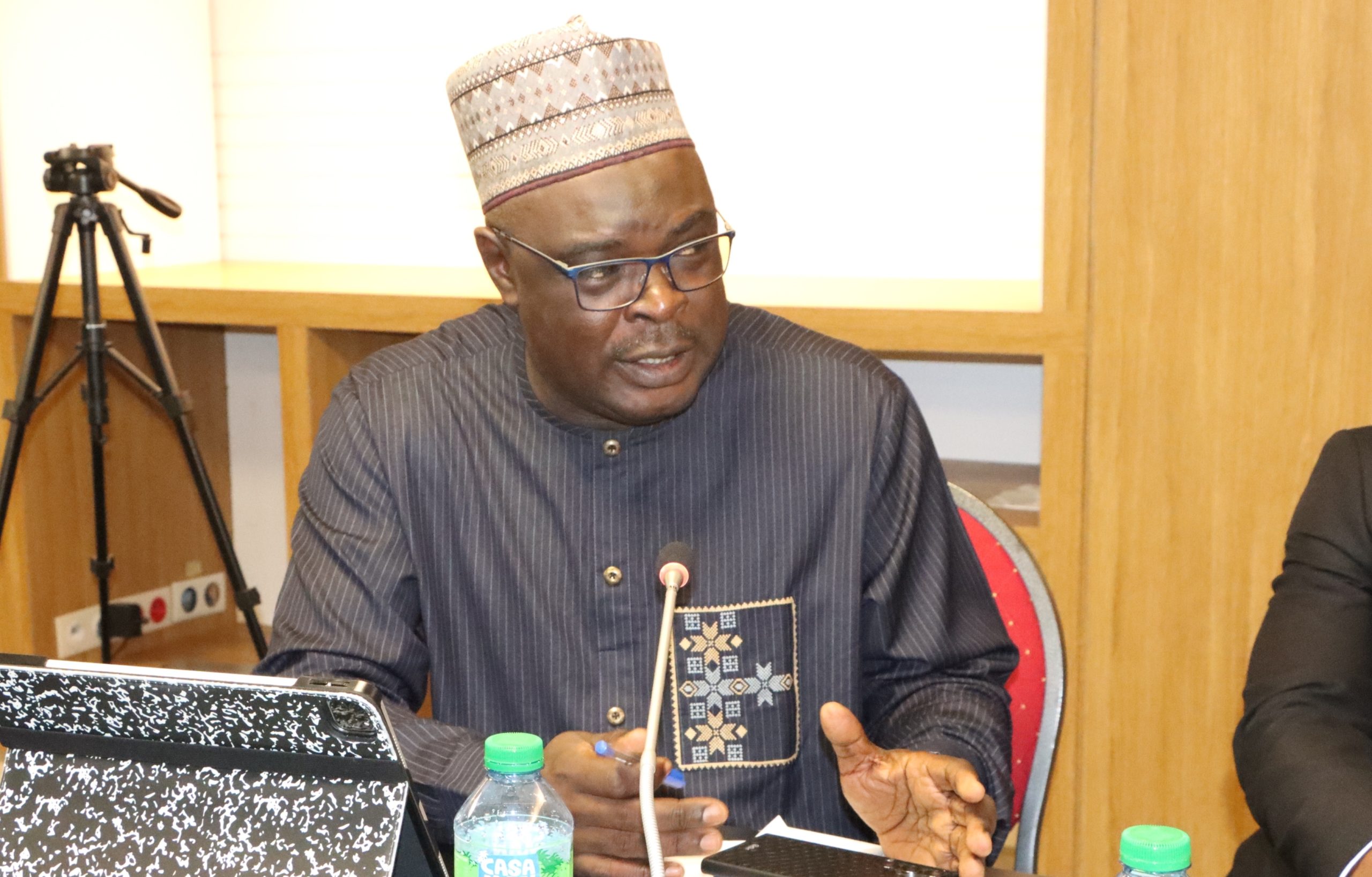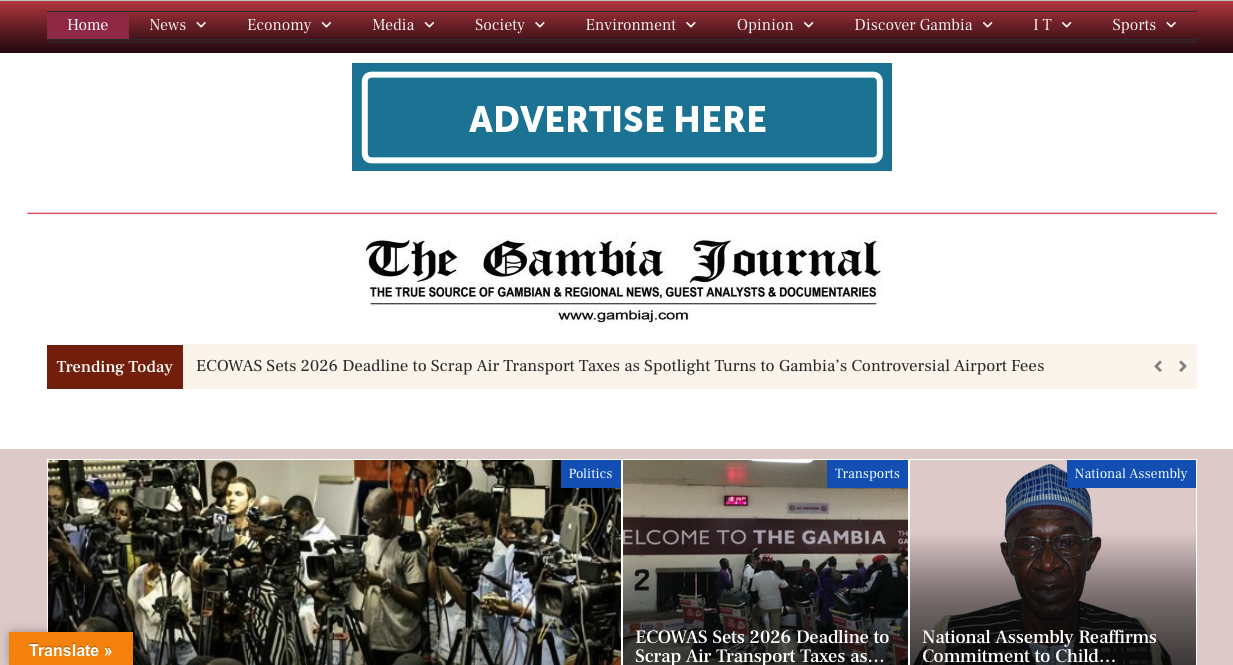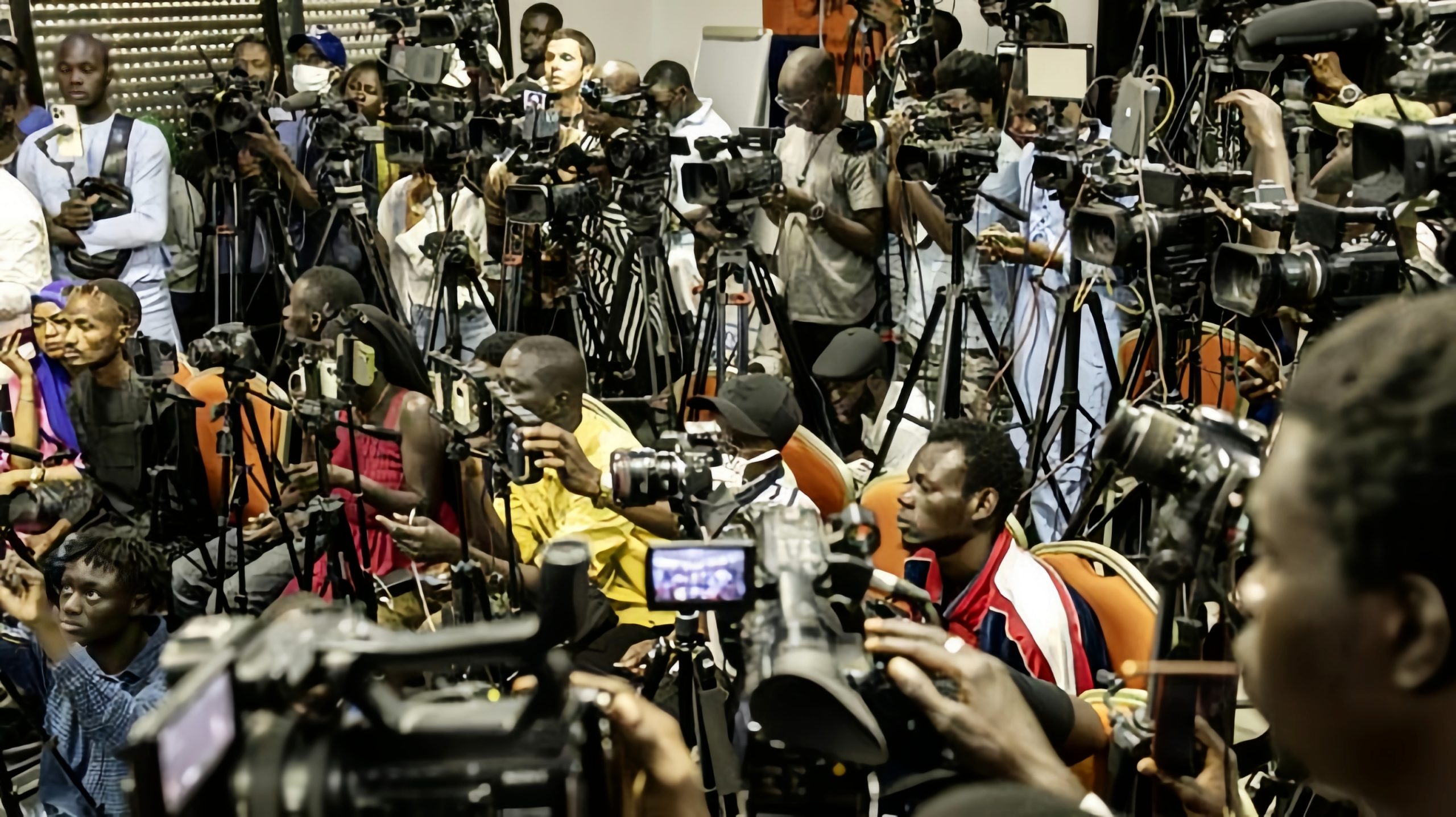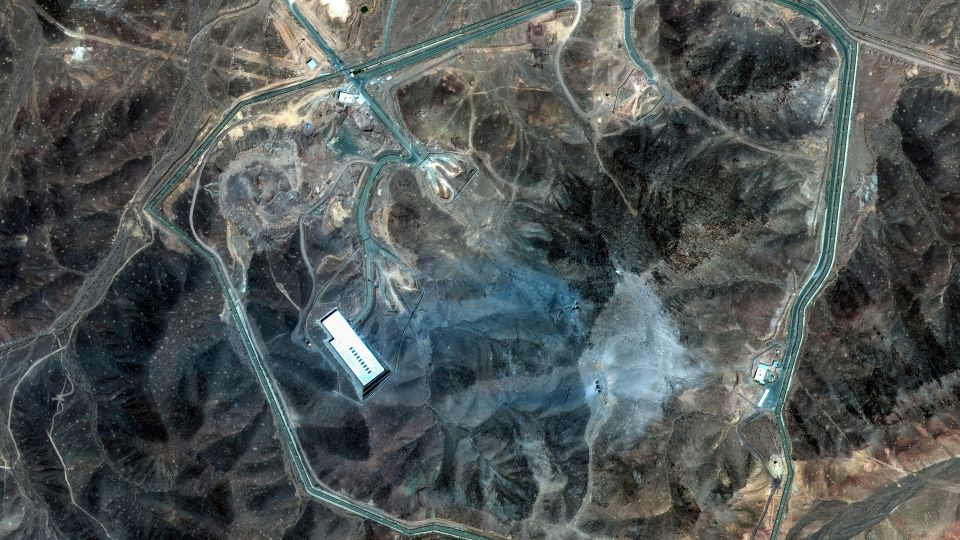Gambiaj.com – (Tehran, Iran) – New satellite imagery has revealed intensified excavation and repair efforts at Iran’s Fordow nuclear site, days after it was bombed by U.S. B-2 stealth bombers using Massive Ordnance Penetrators (MOPs) during the overnight June 21–22 Operation Midnight Hammer.
The imagery, captured on June 27 by Maxar Technologies and released publicly on Friday, shows heavy earth-moving equipment, fresh crater zones, and newly formed access roads at the underground facility carved into a mountain south of Tehran.
Analysts believe the activity signals both damage control and concealment efforts by Iran.
The Fordow facility was one of three sites targeted in the operation, alongside Natanz and Isfahan. Fordow, a key site for uranium enrichment, is considered one of the most fortified nuclear facilities in Iran. According to U.S. officials, the site suffered “extremely severe” damage during the strikes.
However, the satellite photos suggest Iran may have preemptively secured vital components—potentially limiting the operation’s impact.
Tunnel entrances, previously used to access centrifuge halls deep underground, now appear deliberately filled with earth. Observers believe the move was likely aimed at protecting underground infrastructure from the bunker-busting MOPs or to hinder post-strike intelligence assessments.
Heavy machinery remains on site, and dirt is being repositioned around one of the ridgeline craters, indicating active rehabilitation or concealment.
Iranian state media has confirmed that nuclear sites were evacuated and enriched uranium was relocated prior to the strike.
The International Atomic Energy Agency (IAEA) stated this week that Fordow’s centrifuges are currently “no longer operational,” though experts say only ground inspections can verify the true extent of the damage.
Meanwhile, questions remain about the U.S. military’s decision to spare Iran’s largest uranium stockpile site in Isfahan from bunker-buster strikes.
According to testimony provided by Gen. Dan Caine, Chairman of the Joint Chiefs of Staff, the U.S. opted for Tomahawk missiles instead, citing the depth of Isfahan’s underground vaults as beyond the reach of even the MOPs.
U.S. intelligence assessments suggest that core components of Iran’s nuclear program, including a significant portion of its enriched uranium, survived the attack and may have been moved before the strikes.
The Defense Intelligence Agency concluded the bombings likely delayed Iran’s nuclear program by months—but did not destroy it.
Though President Donald Trump has since announced a ceasefire, Iranian lawmakers and state media continue to warn that retaliation remains on the table. In the meantime, satellite eyes in the sky are watching Fordow closely as Iran works to recover, rebuild, or hide the evidence.










